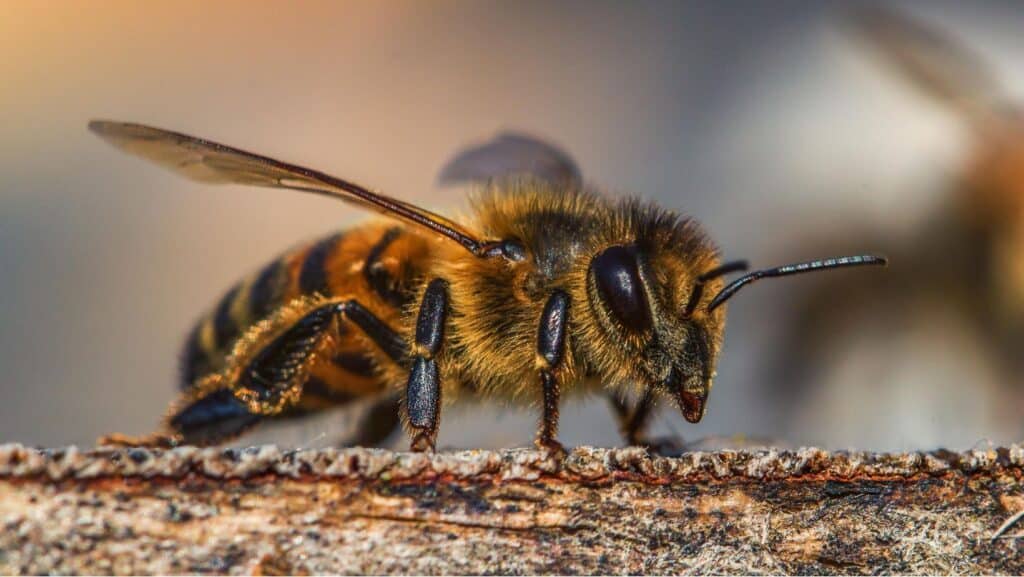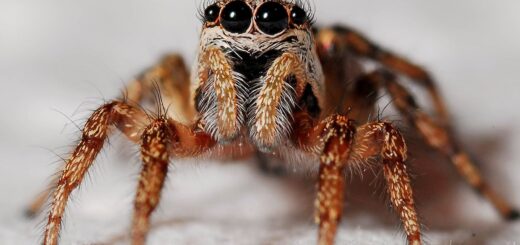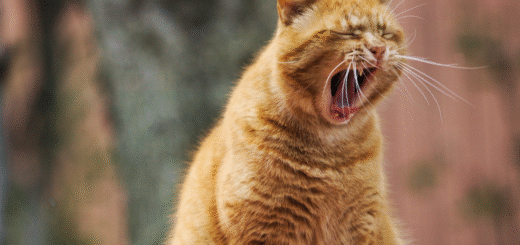The Honey Bee: Nature’s Tiny Architects and Vital Pollinators
In the intricate tapestry of Earth’s ecosystems, few creatures play a more pivotal role than the humble honey bee. Beyond the production of honey, these industrious insects serve as vital pollinators, contributing to the health and diversity of plant life. In this article, we delve into the fascinating world of honey bees, exploring their unique characteristics, complex societies, and their crucial role in sustaining the delicate balance of our natural world.

Species and Varieties
Honey bees belong to the genus Apis and are represented by several species, with the Western honey bee (Apis mellifera) being the most widely recognized. These bees are further categorized into various subspecies, each adapted to specific environments around the world.
The Beehive: A Complex Society
Honey bees are social insects that live in colonies structured around a highly organized and efficient system. A typical colony consists of a single queen bee, worker bees, and drones. The hive serves as their home, where intricate hexagonal cells are constructed from beeswax to store honey, pollen, and raise the brood.
The Queen Bee: Leader of the Colony
The queen bee is the heart of the hive, responsible for laying eggs and maintaining the population. Remarkably, she can lay up to 2,000 eggs per day during the peak of the breeding season. The queen emits pheromones that help regulate the behavior and functions of the entire colony.
Worker Bees: The Backbone of the Colony
Worker bees, the majority of the colony, are females with various responsibilities. They forage for nectar, pollen, and water, tend to the needs of the brood, and protect the hive. Worker bees are also responsible for the incredible feat of producing beeswax, a vital component in hive construction.
Drones: The Male Bees
Drones are male bees with the primary purpose of mating with a queen during her nuptial flight. Unlike worker bees, drones do not have stingers, and their numbers decrease during the winter months. Their role in the hive is specific and limited to reproduction.
Pollination: A Crucial Ecosystem Service
Honey bees play a pivotal role in pollination, facilitating the reproduction of flowering plants. As bees collect nectar for honey, pollen sticks to their bodies and is transferred between flowers, enabling the plants to produce seeds and fruit. This essential service contributes to the biodiversity of ecosystems and ensures the production of crops that sustain both wildlife and human populations.
Honey Production: Nature’s Sweet Gift
Honey is a byproduct of the honey bee’s foraging and pollination activities. Bees collect nectar from flowers, which they transform into honey through a process of regurgitation and enzymatic activity. The bees then store the honey in cells within the hive, providing a valuable food source for the colony, especially during winter.
Challenges Facing Honey Bees:
Despite their crucial role, honey bee populations face various challenges, including habitat loss, pesticide exposure, and the threat of diseases like Colony Collapse Disorder (CCD). The decline of honey bee populations raises concerns about the potential impacts on global ecosystems and food security.
Conclusion:
The honey bee, with its intricate social structure and invaluable contributions to pollination and honey production, is a marvel of the natural world. Understanding and appreciating the role of honey bees is essential for promoting their conservation and ensuring the continued health of ecosystems that depend on their vital services. As we marvel at the diligent work of these tiny architects and pollinators, it becomes clear that the well-being of honey bees is intricately connected to the health of our planet.








